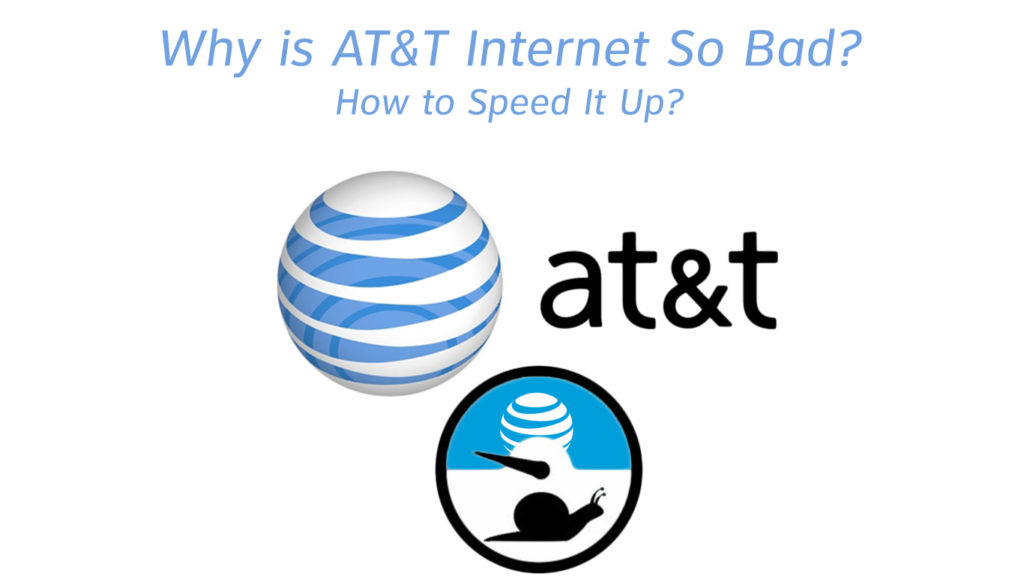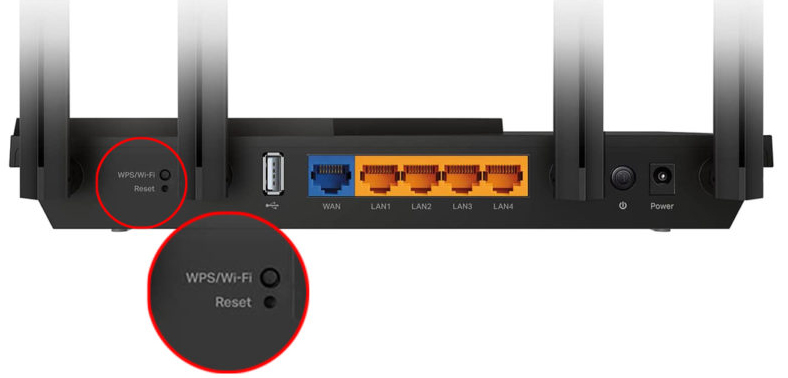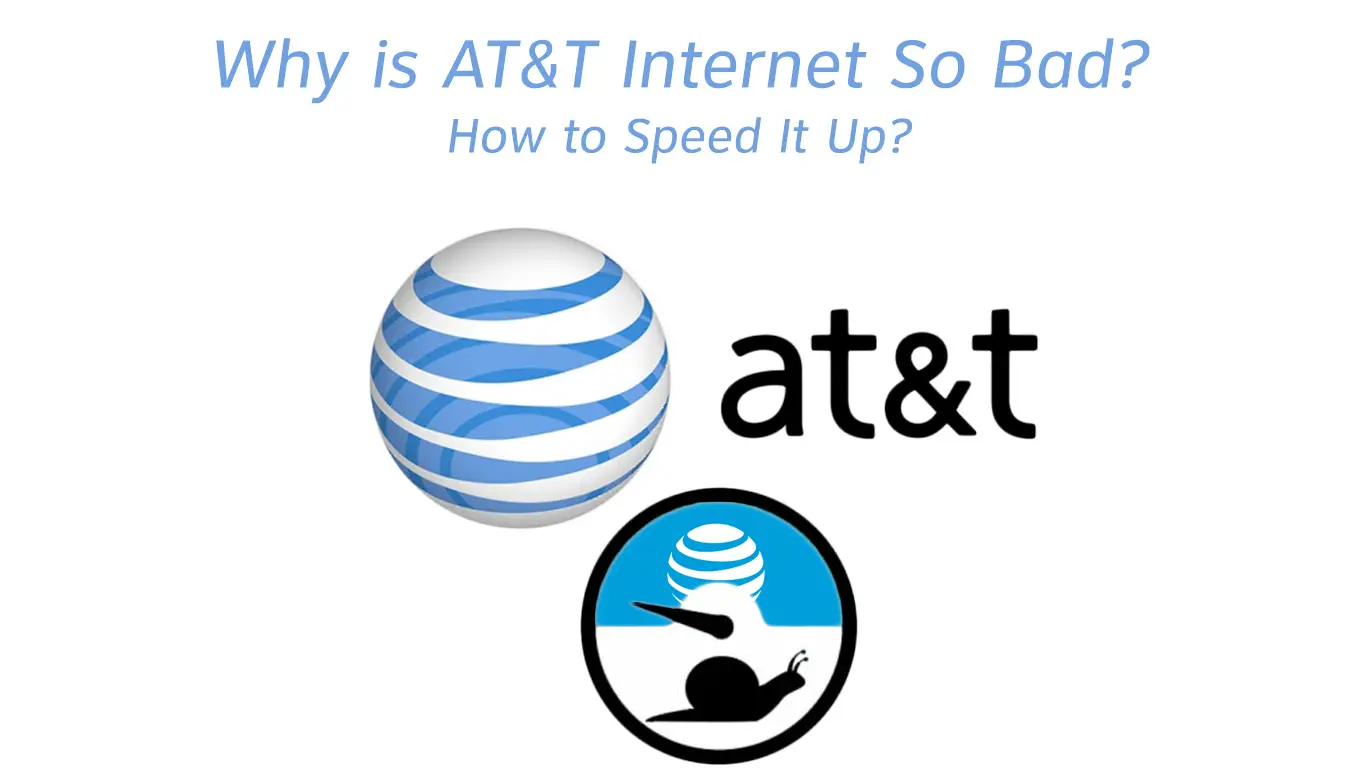Customers have lately been complaining about the bad internet connection from AT&T. If you’re one of them, there’s no need to panic! We’ll present you with the most common reasons why your internet is bad and provide you with quick tips to address them!

CONTENTS
Checking the State of the Connection Using a Speed Test
The first thing to do whenever you’re having issues with your internet connection is to perform a speed test. The speed test will show you whether your connection is actually that bad when you’re not doing anything online.
For this process, you can use a reputable speed testing website and test out your connection. Alternatively, you could opt for the official AT&T speed tester. You can find it on the AT&T website by going to Home and then choosing Support. After that, you will see the Speedtest option you can choose.
The site will then take you to a page that will allow you to either test out your device or your gateway. You can test your device by simply clicking on Start Speed Test. In case you want to test out your AT&T gateway, you’ll have to log in to your account to perform it.
When you’re finished with the speed test, you can compare the results to the speeds promised in your AT&T plan. You should keep in mind that internet service providers usually advertise the highest speeds their internet will be able to achieve. Thus, you likely won’t experience that kind of performance on a daily basis. Still, your upload and download speeds should be pretty close to the promised number. If they aren’t, there are a few options to explore.
What Affects Your Internet Connection?
Many different things can affect your internet connection. Occasional overcrowding of the network is pretty common and happens when an internet provider has too many customers in one area and doesn’t work on strengthening its infrastructure. As a result, you and your neighbors experience slower speed and a poor connection during peak hours.
If you suspect that is your issue, you can check whether your neighbors have the same problem. In case they do, you won’t have that many options except for filing a complaint with AT&T. You could also switch to a network provider that doesn’t have that many customers in your area.
Recommended reading: Why is Rogers Internet So Bad? (The Easiest Ways to Fix Your Internet Issues)
An outage is another common occurrence that you won’t be able to do anything about. On the upside, outages are temporary, which means that you’ll get your internet connection back in a couple of hours or days. To check what is happening around you as well as when to expect to get your connection back, you should visit the official AT&T website.
You should then find Support and click on AT&T Internet. Once you’re there, you’ll need to choose Troubleshooting & Repair and click on Service. In the Service menu, you’ll see the option Find outages affecting your area. Alternatively, you could type “outages” in the search box on the Home page and the website will redirect you to that section.
What Can You Do About Your Bad AT&T Internet?
1. Restart or Reset Your Router
Restarting your router can usually fix your lousy connection issue. To do that, you should unplug your device from the power source. Then, you’ll need to wait for a minute or two and plug it back in. Once the lights on the router stabilize, you can use it again.
If that doesn’t work, you might have to revert the router back to its original settings. That will remove any settings that may be causing the device to perform less efficiently. You’ll reset the router by pressing the Reset button on the back using a sharp, thin object, such as a pen or a pin. The lights on the router will start flashing.

Once they stabilize, you should use an Ethernet cable to connect the device to your computer. Next, you’ll have to go to the router’s configuration page and set it up just like you did when you first bought it. You should keep in mind that you’ll have to reconnect every device you want to have Internet access once again using the password you’ve set up. Then, you can perform a speed test once again to see whether your connection is better.
2. Be Mindful of Your Online Activities
Too many data-heavy activities or too many connected devices will definitely slow down your connection. Thus, you should try to avoid performing more than one such activity at a time. For instance, when you’re streaming, you should not download any large files. Gaming is another thing that requires more bandwidth, so it’s best that you don’t do anything else when you’re gaming.
To make things easier for yourself, you could make a habit of scheduling your downloads during work hours. During that time, the network is not as crowded and the download will go a lot faster.
In addition, you could turn off your VPN to check whether your connection improves. The VPN adds extra steps between you and the internet activities you’re performing. Therefore, it’s a frequent culprit for the slow connection.
3. Make Sure that Every Device is Up to Date
Outdated firmware and programs will perform less efficiently over time. Thus, it’s wise to keep every device you’re using up to date. That includes your router, which you can switch to automatic updating using the configuration page. What’s more, your antivirus programs should also be updated regularly to avoid them slowing down your internet connection.
4. Use the Router Compatible with AT&T
This one is a no-brainer. Still, many people tend to underestimate the importance of using a device that their internet provider recommends. AT&T recommends that you always go with the company’s devices when using AT&T services. You could also find the list of routers compatible with AT&T services and choose one from the list. That way, your device will be able to handle the speeds AT&T services are supposed to reach.
Final Thoughts
After reading this article, you should be able to get your AT&T internet back on track or even get it to perform better than ever! If not, you may need to contact AT&T customer support to see whether they can help you with your problem. Good luck!

Hey, I’m Jeremy Clifford. I hold a bachelor’s degree in information systems, and I’m a certified network specialist. I worked for several internet providers in LA, San Francisco, Sacramento, and Seattle over the past 21 years.
I worked as a customer service operator, field technician, network engineer, and network specialist. During my career in networking, I’ve come across numerous modems, gateways, routers, and other networking hardware. I’ve installed network equipment, fixed it, designed and administrated networks, etc.
Networking is my passion, and I’m eager to share everything I know with you. On this website, you can read my modem and router reviews, as well as various how-to guides designed to help you solve your network problems. I want to liberate you from the fear that most users feel when they have to deal with modem and router settings.
My favorite free-time activities are gaming, movie-watching, and cooking. I also enjoy fishing, although I’m not good at it. What I’m good at is annoying David when we are fishing together. Apparently, you’re not supposed to talk or laugh while fishing – it scares the fishes.

